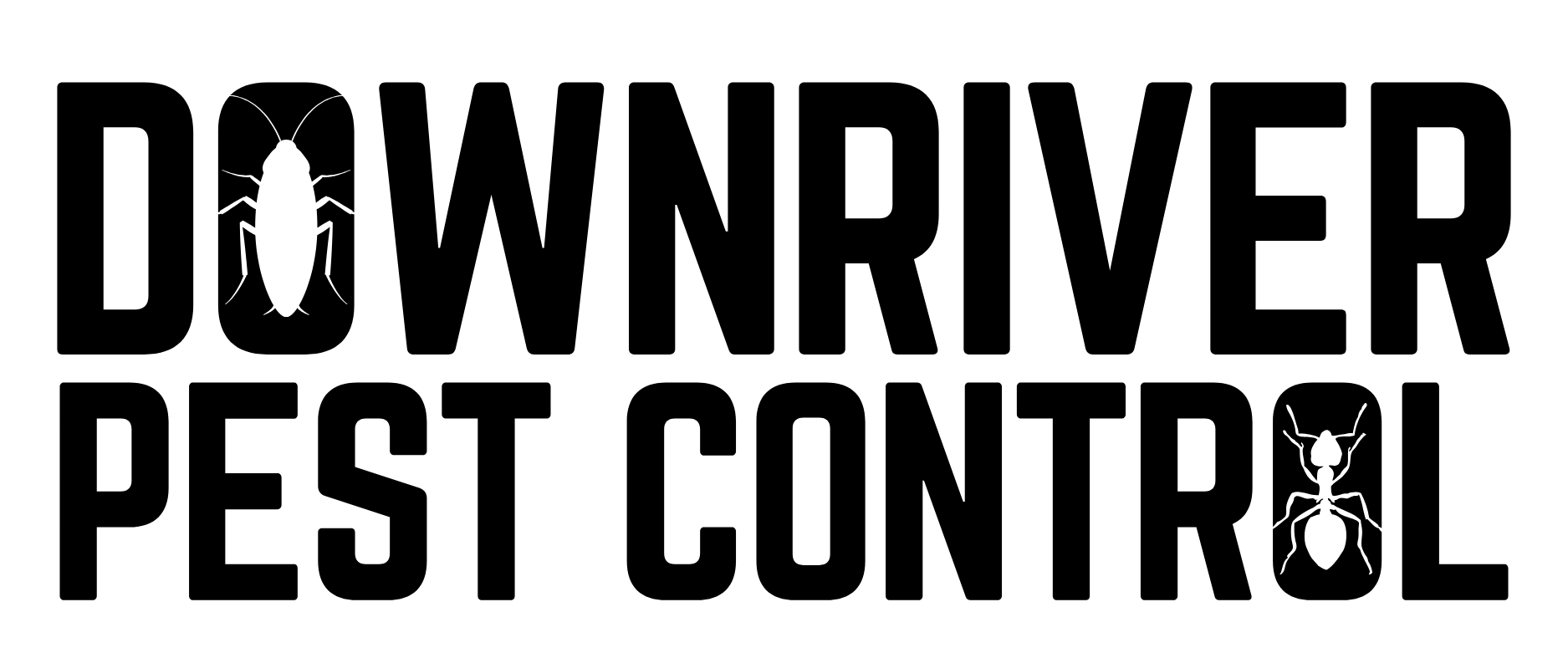
Boxelder Bugs
Contact Us
Facts About Boxelder Bugs
- Scientific Name: Boxelder bugs are scientifically known as Boisea trivittata.
- Appearance: These bugs are about 1/2 inch long and have a distinctive appearance with black bodies and red or orange markings. They have a somewhat flattened, elongated oval shape.
- Wings: Boxelder bugs have functional wings, and when they are not flying, their wings form a distinctive red "X" shape on their backs.
- Habitat: They are commonly found in North America, especially in the western and midwestern regions. They are named after the boxelder tree, Acer negundo, as this tree is one of their primary habitats.
- Behavior: Boxelder bugs are known for their congregational behavior. They often gather in large groups on the sunny sides of buildings, trees, and rocks, especially during the fall and winter.
- Feeding: Boxelder bugs primarily feed on the seeds of boxelder trees, as well as other similar trees, including maple and ash. They use their piercing-sucking mouthparts to extract plant juices.
- Seasonal Activity: Boxelder bugs are active during the warmer months and become more noticeable in the fall when they seek shelter to overwinter. They may enter homes and buildings in large numbers during this time.
- Overwintering: These bugs seek shelter in cracks, crevices, and warm locations like attics, wall voids, and basements to survive the winter. They become dormant during this period.
- Nuisance Pests: While boxelder bugs do not cause structural damage to homes, they can be a nuisance when they invade buildings in large numbers. They can stain surfaces with their excrement and emit an unpleasant odor when disturbed.
- Lifespan: Boxelder bugs typically have a lifespan of about one year, which includes egg, nymph, and adult stages.
- Predators: Natural predators of boxelder bugs include birds, spiders, and certain insects. These predators help control their populations in the wild.
- Reproduction: Boxelder bugs reproduce sexually. Females lay clusters of reddish-brown eggs on leaves, stems, and bark of host trees. The eggs hatch into nymphs, which eventually mature into adults.
- Control: Managing boxelder bugs often involves sealing entry points in buildings to prevent their indoor invasion. Chemical pesticides are sometimes used for control, but non-lethal methods are preferred to protect the environment.
- Harmless: Boxelder bugs are not harmful to humans and do not transmit diseases. They are considered more of a nuisance than a serious threat.
- Diurnal: These bugs are typically active during the day and rest at night.
- Warning Coloration: The red or orange markings on boxelder bugs serve as a form of warning coloration to deter predators. They release a foul-smelling substance when threatened, which can be off-putting to potential attackers.
Remember that while boxelder bugs can be bothersome when they invade homes, they are generally harmless and are best managed through prevention and non-lethal control methods.
How To Prevent Boxelder Bugs
- Seal Cracks and Openings: Inspect your home for any gaps, cracks, or openings in doors, windows, siding, and foundations. Seal these entry points with caulk or weatherstripping to prevent bugs from getting inside.
- Repair Screens: Ensure that window and door screens are in good condition and free from tears or holes. Replace damaged screens promptly.
- Install Door Sweeps: Attach door sweeps to exterior doors to block gaps at the bottom of the door.
- Fix Damaged Vent Covers: Repair or replace damaged vent covers to prevent bugs from entering through vents.
- Remove Attractants: Box elders are attracted to certain plants, especially maple and box elder trees. If possible, remove these trees from your property or keep them well-trimmed.
- Seal Outdoor Cracks: Seal cracks and crevices in the exterior of your home, especially around utility entrances like pipes and wires.
- Clean Debris: Remove leaf litter, mulch, and other organic debris from around your home's foundation. Box elders often seek shelter in these materials.
- Trim Vegetation: Trim bushes, shrubs, and tall grasses near your home's exterior to reduce hiding spots for box elders.
- Use Insect Screens: Install fine mesh screens or netting over attic and crawl space vents to keep box elders out.
- Maintain Proper Drainage: Ensure that gutters and downspouts are in good working order to prevent water accumulation near your home, as box elders are attracted to moisture.
- Seal Garbage Containers: Keep outdoor garbage containers tightly sealed to prevent box elders from finding food sources.
- Light Management: At night, consider turning off outdoor lights or switching to yellow or sodium vapor bulbs, which are less attractive to insects.
- Professional Pest Control: If you have a severe infestation or repeated problems, consider hiring a professional pest control service to treat your home and property.
- Regular Inspections: Periodically inspect your home for signs of box elder bugs, especially during the fall when they tend to seek shelter indoors.
- Vacuuming: If you find box elders indoors, use a vacuum cleaner to remove them, and promptly empty the vacuum bag or canister outside.
Remember that prevention is often more effective than dealing with an infestation after it occurs. By taking these preventative measures, you can reduce the likelihood of box elder bugs invading your home and property.

